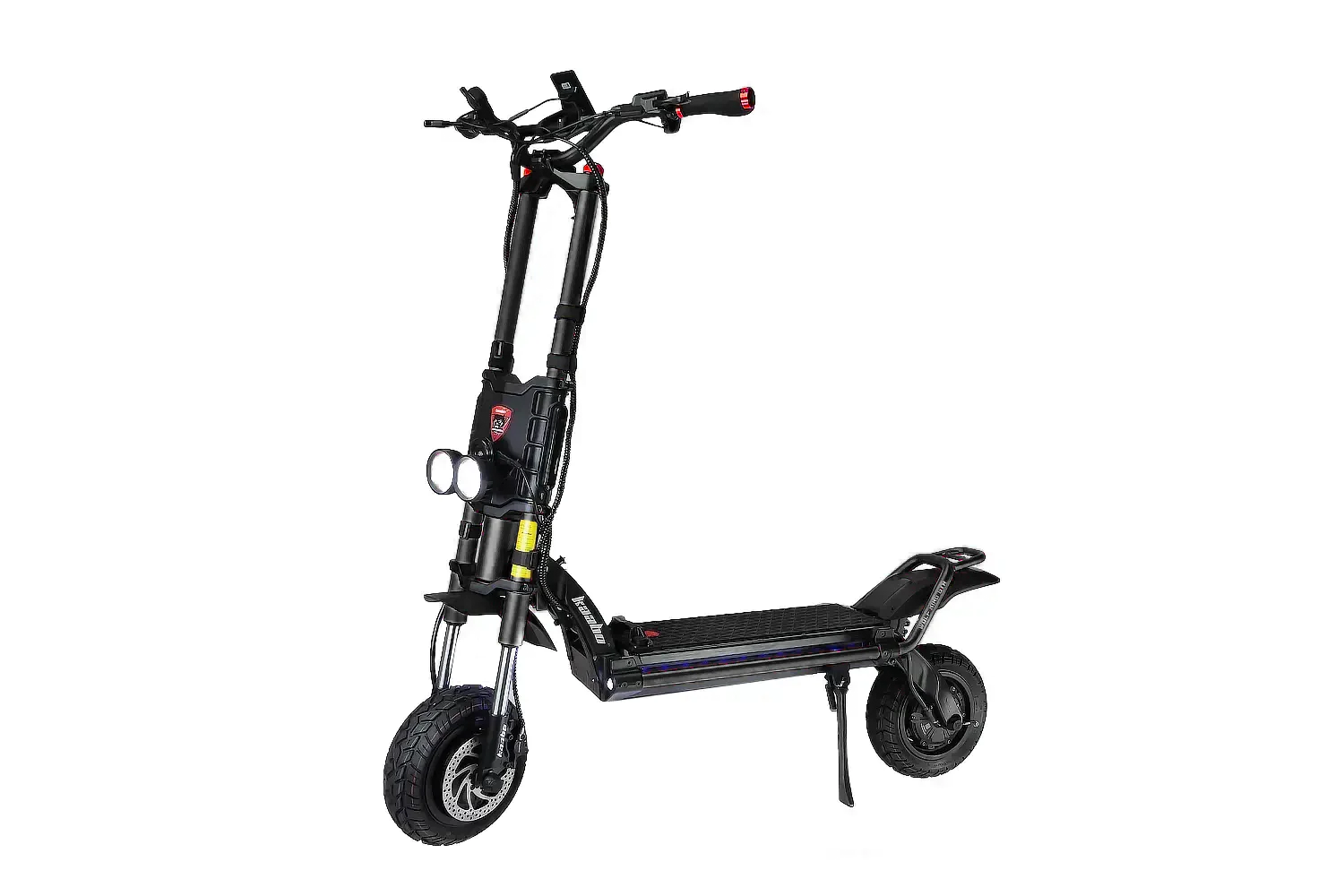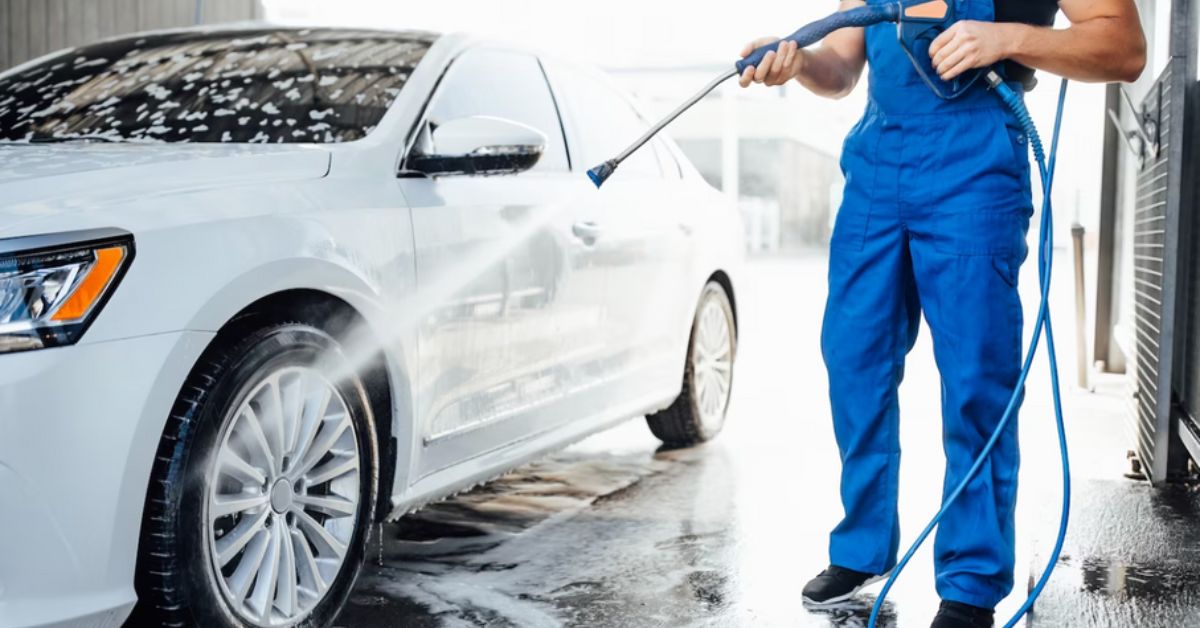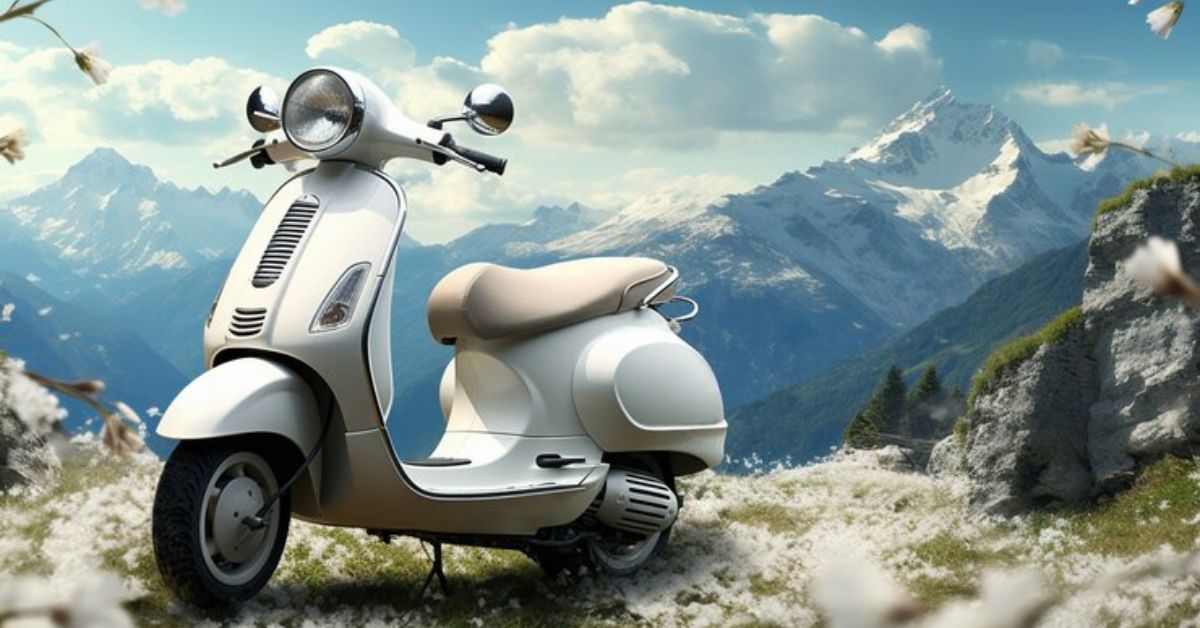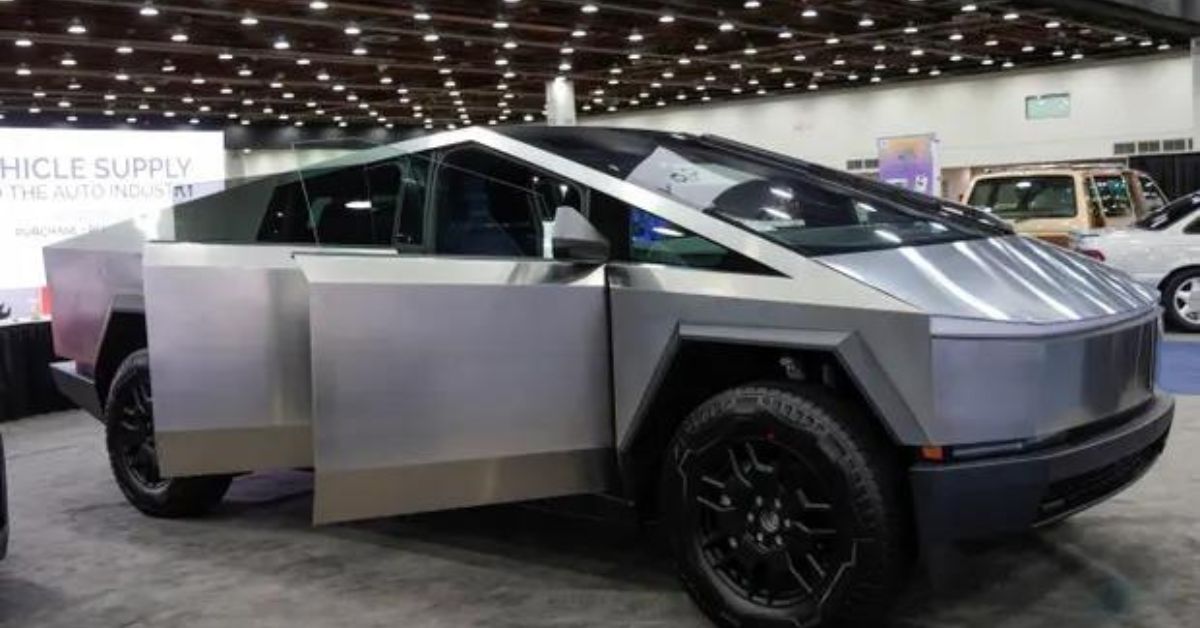Commuting is an essential part of our lives considering the traffic and environmental issues, scooters are best for a better environment. Among the various options of scooters available, electric scooters stand out because of the efficiency.
You can choose an electric scooter to travel within busy streets as it is cost efficient and provides good transportation as well. As the availability of options is huge, choosing the best scooter for commuting is a tough task. Consider below options before selecting a scooter for your daily commute.
Guide Choose the Best Scooter for Commuting
1. Assess Your Commuting Needs
It is better to assess commuting needs before buying a scooter considering following factors:
Distance and Terrain
To select the finest scooter for commuting, consider your commute distance and terrain. For short, smooth commutes, a simple scooter with smaller wheels would do. For longer or rougher travels, choose a durable scooter with larger wheels and superior suspension.
- Short Commutes (1-3 miles): Lightweight scooters with smaller wheels are suitable.
- Medium Commutes (3-7 miles): Scooters with larger wheels and moderate suspension.
- Long Commutes (7+ miles): High-capacity battery scooters with advanced suspension.
Urban vs. Suburban Commute
Lightweight and foldable scooters are useful in urban commuters to make transportation and storage easy. Moreover, the suburban commuters may require more powerful scooters with faster speeds and longer battery life to cover longer distances.
2. Electric vs. Manual Scooters
Read below to understand the electric and manual scooters along with their pros and cons:
Electric Scooters
These scooters are extremely popular because of the convenience of recharging. It has a motor to push the scooter forward with no requirement of physical effort.
Pros:
- It is easy to use because no manual effort is required makes it ideal for longer distances.
- It is faster than the other manual scooters available.
- It has different features like headlights, brake lights, and digital displays.
Cons:
- Its cost is higher than the manual scooters.
- It is much heavier because of the battery and motor.
- It requires regular charging and may require battery replacement.
Manual Scooters
Manual scooters, or kick scooters, are powered by the rider’s foot. They are often lighter and cheaper than electric scooters.
Pros:
- These are affordable and cost friendly.
- These are lightweight and easy to carry.
- It requires less maintenance because of no charging issue.
Cons:
- It requires much effort so it is less suitable for long distances.
- These are slower than the electric scooters.
3. Key Features to Consider
It is better to understand the below factors to make informed decisions:
Battery Life and Range
For electric scooters, battery life and range are crucial factors.
- Short Range scooters (Up to 10 miles) are suitable for short daily commutes.
- Medium Range scooters having a range of (10-20 miles) are Ideal for medium-distance commutes.
- Long Range (20+ miles) are best for longer commutes.
Speed
The scooter’s top speed should be appropriate for your commuting needs and local rules.
- Low Speed (Up to 10 mph) is suitable for crowded urban areas.
- Medium Speed (10-20 mph) is ideal for suburban areas.
- High Speed (20+ mph) are for longer commutes.
Portability
Look for lightweight ones that are easy to fold and transport.
- Ultra-Portable (Under 20 lbs) are easy to carry and store.
- Moderately Portable (20-30 lbs) are a great balance between portability and durability.
- Less Portable (30+ lbs) are suitable for powerful scooters with extra features.
Durability
The build quality ensures the durability of the scooter. Make sure that all parts including the scooter’s frame, deck, and wheels are well-constructed.
- High-Quality Aluminum is lightweight and durable.
- Carbon Fiber is extremely lightweight and strong.
- Steel is heavier but very durable and fast.
Suspension and Wheels
Choose a scooter with strong suspension and larger wheels (8 inches or more) for a smooth ride, especially over uneven terrain. Pneumatic tires are more shock-absorbing than smaller solid tires.
Braking System
Safety is vital, so pay close attention to the scooter’s braking mechanism. Ensure that the brakes are quick and reliable, with enough stopping power.
- Foot Brakes are effective for manual scooters.
- Electronic Brakes are smooth and have stopping power.
- Disc Brakes are extremely reliable.
Additional Features
Modern scooters come with various additional features for enhancing commuting experience including:
- LED Lights
- Digital Display
- Cruise Control
- App Connectivity
4. Budget Considerations
Consider you budget before making a decision of buying a scooter:
Initial Cost
Buy a scooter based on your budget and preferences. Manual scooters are budget friendly while electric scooters have high prices. So, the higher prices means more convenience along with more features.
Maintenance and Operating Costs
Know well the long term maintenance cost of your scooter.
- Manual Scooters have less maintenance cost and require cost for parts replacements.
- Electric Scooters have the cost of electricity, maintenance and potential battery replacement.
Recommendations
Research and read online reviews about the scooters that you are planning to purchase. Know the strengths and weaknesses and get recommendations from one who rides those scooters.
Conclusion
To conclude, choosing the best scooter is a tough task because of the availability of various options. It is better to evaluate your needs, budget and requirement of the scooter you want. Moreover, prioritize the factors like durability, maintenance cost, functionality before making a decision. Investing in a high-quality scooter not only improves your commuting experience, but it also promotes a more sustainable and healthier lifestyle.












